Winter Cycling: Exploring the Benefits of Fat Tire Electric Bicycles vs. Narrow Tire Electric Bikes

As frigid winds sweep through the streets and snow blankets the city, avid cyclists face a unique challenge - how to enjoy biking in the winter. While some may choose to hang up their bikes until spring, others are determined to keep riding through the icy months. In this case, choosing the right electric bike becomes crucial. These remarkable machines not only offer the convenience of electric assistance, but also allow riders to conquer icy roads with ease.
In this blog, we take a deep dive into the world of winter riding and explore why choosing the right e-bike (whether it’s a fat-tire e-bike or a narrow-tire e-bike) can play an important role in ensuring a safe and enjoyable experience. So get ready, grab a cup of hot cocoa, and join us on a two-wheel ride through a winter wonderland!
Key differences between fat tire e-bikes and narrow tire e-bikes
When it comes to winter riding and choosing the right e-bike, it's crucial to understand the key differences between fat-tire e-bikes and narrow-tire e-bikes.
Let’s start with fat-tire e-bikes, which feature wide and thick tires. Typically 3 inches or more in width, these rugged tires provide excellent traction on slippery surfaces like ice and snow. The larger surface area distributes the rider's weight more evenly, providing stability and reducing the chance of slipping. Fat tire e-bikes also have lower tire pressure, which allows them to glide smoothly over uneven terrain, absorbing shocks and bumps along the way.
Narrow-tire e-bikes, on the other hand, offer lower rolling resistance and higher speeds on well-maintained or paved roads thanks to their smooth, slim tires. The narrow tires cut through the wind effortlessly, ensuring an efficient transfer of energy from rider to road. They are lightweight and flexible, allowing for fast acceleration and nimble maneuverability.
Your preferred riding environment, whether it's snowy trails or city streets, must be considered to make an informed decision between a fat tire e-bike and a narrow tire e-bike. Understanding these key differences will help you choose the perfect e-bike for your winter riding needs.
advantages of fat tire electric bicycles for winter cycling
Winter cyclists often turn to fat tire e-bikes as their first choice to beat the cold and snow. These rugged bikes come with a host of benefits that make them ideal for conquering winter terrain.
A significant advantage is the enhanced traction provided by the wide, thick tires. Available in widths of 3 inches or more, these tires provide excellent grip on slippery surfaces such as ice and snow. The increased surface area allows for better weight distribution, ensuring stability and reducing the risk of slipping.
In addition, fat tire e-bikes also have the advantage of lower tire pressure. This feature allows them to float effortlessly over uneven snow, absorbing shocks and bumps along the way. A comfortable and smooth ride is achieved even in challenging winter conditions.
Whether hitting the snowy trails or commuting on slush-covered streets, fat tire e-bikes inspire confidence with their reliable traction, stability, and smooth performance—for winter riders looking for an enjoyable and safe riding experience For travelers, this is an excellent choice.
Benefits of narrow tire electric bikes
When it comes to blasting down clean or dry roads with speed and agility, narrow-tire e-bikes are an excellent choice. These sleek, streamlined bikes come with a host of benefits that make them a top choice for riders looking for maximum performance.
One advantage of narrow tires is reduced rolling resistance. These tires have a narrower contact patch, minimizing friction between the bike and the road, resulting in increased speed and efficiency. Riders benefit from increased acceleration and a higher top speed, making narrow-tire e-bikes an exciting choice for those craving a fast and exciting ride.
Additionally, the reduced weight of narrower tires helps improve maneuverability and agility. Thanks to the bike’s responsive handling, the rider can confidently navigate corners and corners with ease. Whether commuting to work or riding for leisure, narrow-tire e-bikes offer riders who value speed and agility a sporty, engaging experience on clean or dry roads.
Factors to consider when choosing the best electric bike for winter riding
Choosing the best e-bike for winter riding requires careful consideration of several factors. First, it is crucial to choose an e-bike with a battery that is strong, reliable, and able to withstand cold temperatures.
Cold weather can affect battery performance, so choose a model designed for winter riding or one with advanced cold weather features. For example, the Shengmilo MX05 e-bike with wider studded tires can provide excellent traction on snow or ice, ensuring better stability and control during riding.
The frame material of your bike is equally important, as some materials may be more resistant to corrosion caused by salt and moisture common on winter roads. Additionally, it is recommended to give priority to e-bikes equipped with effective fenders and fenders to protect the rider and bike from slush, dirt and road debris.
Finally, don’t forget to consider accessories like heated handlebars or gloves to keep your hands warm and maintain a comfortable grip in cold weather. With these factors in mind, cyclists can feel confident choosing an e-bike that's suitable for winter conditions, allowing them to enjoy the thrills of winter riding while remaining safe and comfortable.
Conclusion
In conclusion, when it comes to choosing between fat tire and narrow tire electric bikes for winter cycling, the decision ultimately depends on individual preferences and specific riding conditions. Fat tire electric bikes excel in providing enhanced traction and stability on snowy or icy surfaces, making them an excellent choice for off-road adventures or areas with heavy snowfall. On the other hand, narrow tire electric bikes offer a more streamlined and efficient riding experience on cleared roads, suitable for urban commuters or riders who prioritize speed and agility. It's essential to assess your riding style, terrain, and the severity of winter conditions you'll encounter. Consider factors such as comfort, maneuverability, and overall performance to make the best choice for your winter cycling needs. Remember, both options have their unique advantages, so evaluate your preferences and choose the electric bike that aligns with your specific requirements. Stay safe, have fun, and enjoy the exhilarating experience of winter cycling!

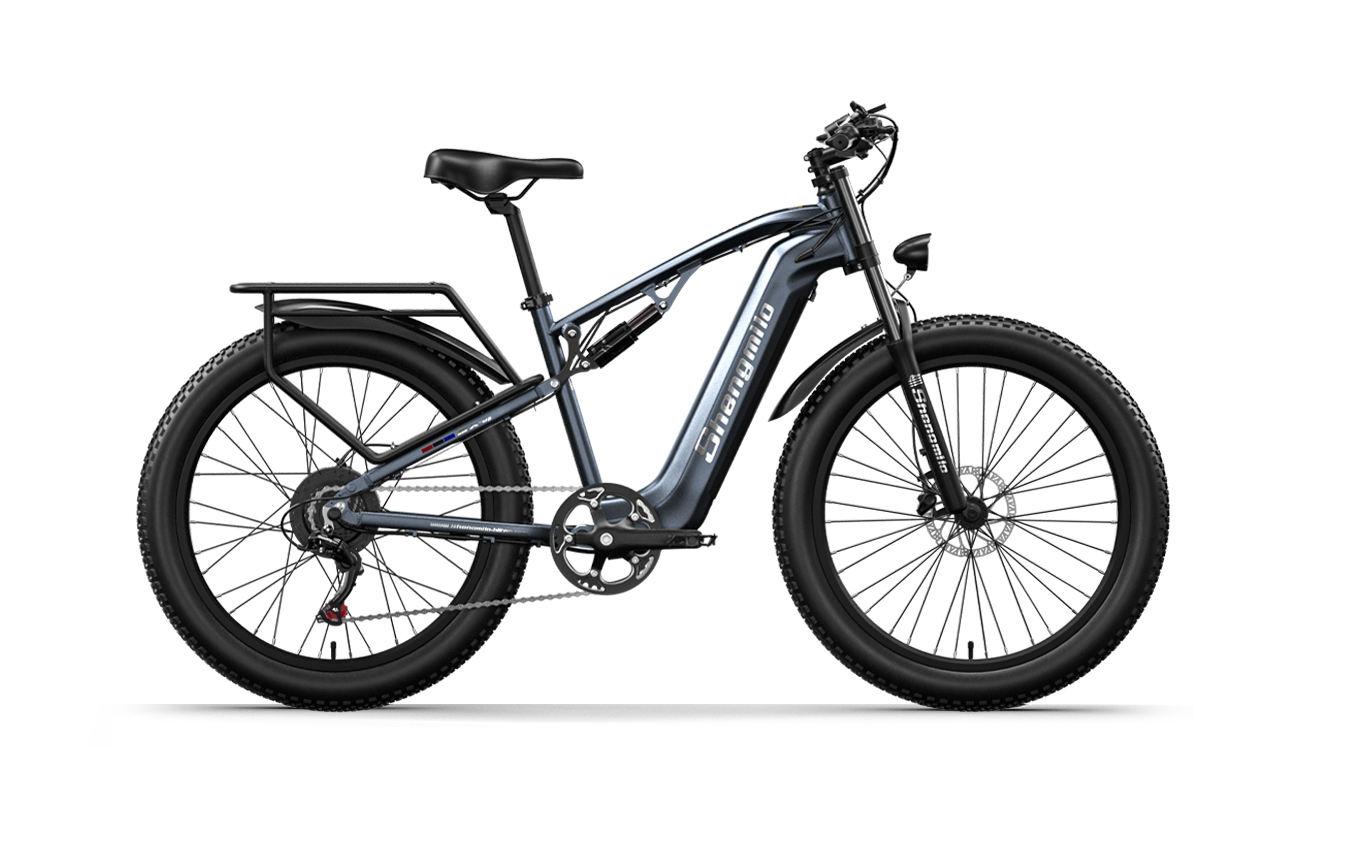
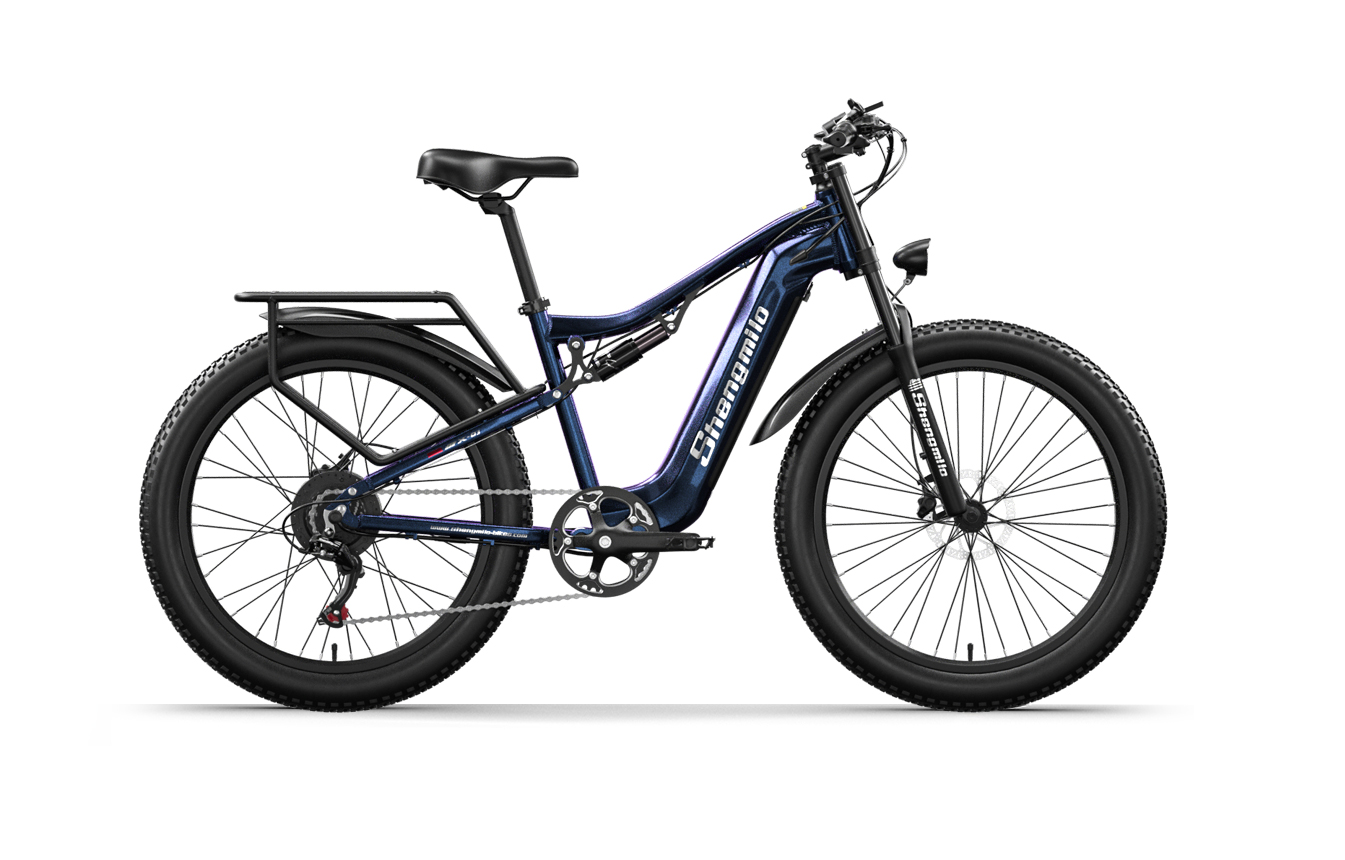








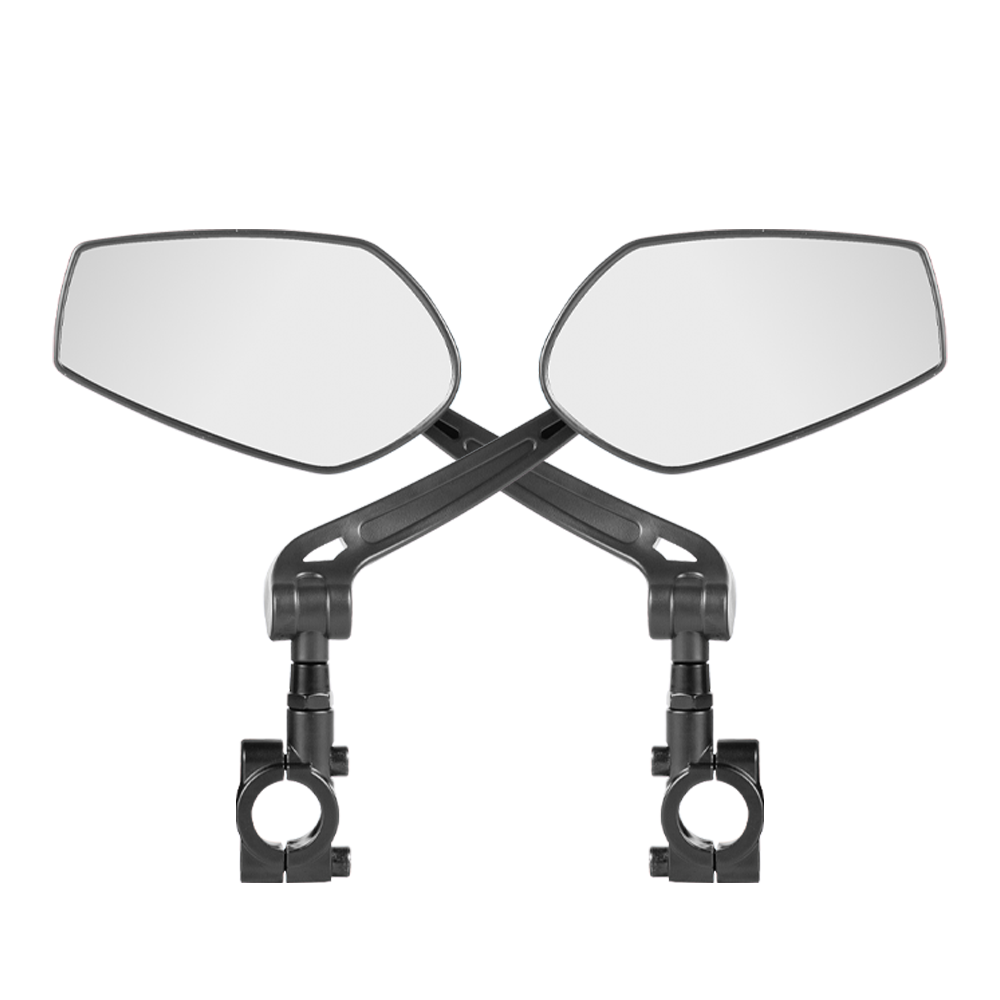


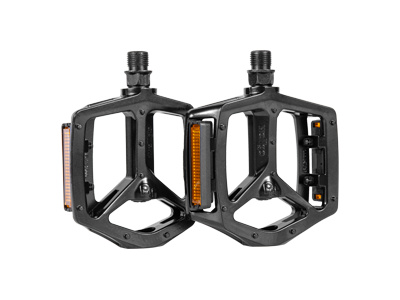
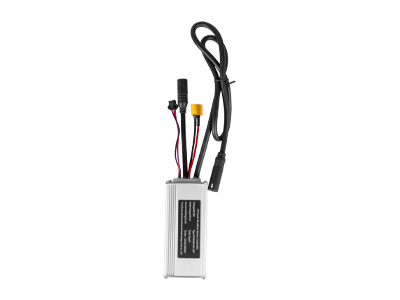








Leave a comment